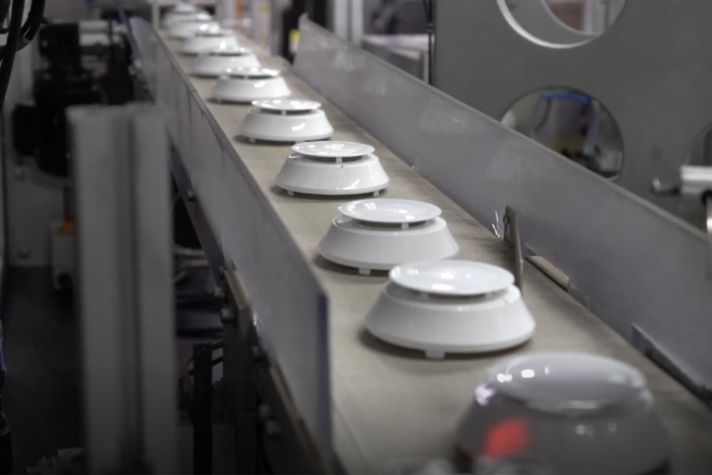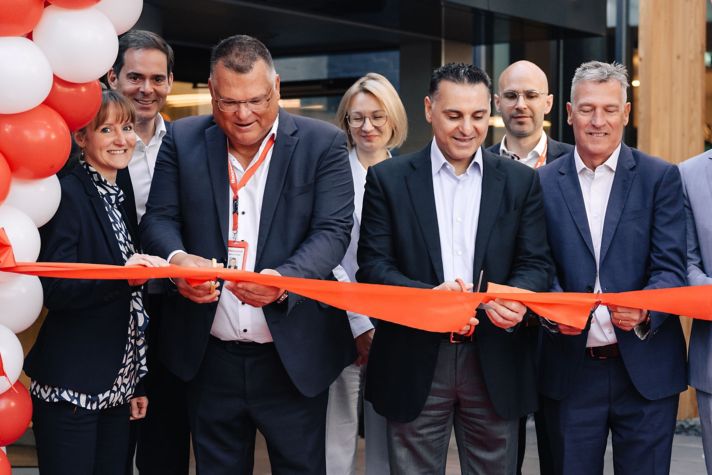What you’ll learn from this article:
- Integrated building systems connect HVAC, lighting, security and energy management into a unified network, enabling smarter, safer and more efficient building operations.
- Operational and energy efficiency improve through centralized monitoring, proactive maintenance and intelligent automation that reduces downtime and energy waste.
- Occupant comfort, safety and productivity are enhanced through responsive environments and coordinated systems that adapt to real-time conditions and emergencies.
These days, building efficiency and sustainability are top priorities, so the way we design and operate buildings is going through a significant transformation. It’s not enough to have each building component whirring away on its own, walled off from other systems. More and more building managers are seeing the value of a holistic approach centered around integrated building systems. We’re seeing structures become not just fully functional, but also safer, more intelligent and more efficient.
Understanding Integrated Building Systems
Integrated building systems mean that HVAC, lighting, security, energy management and even fire safety systems communicate seamlessly with each other. Interconnectedness allows for optimized performance, intelligent decision-making and a level of control that standalone systems simply cannot achieve.
Streamlined Integration and Maintenance
Integration also leads to streamlined operations and maintenance. When systems are interconnected, monitoring and diagnostics become more efficient. Potential issues can be identified and addressed proactively, minimizing downtime and reducing maintenance costs. A centralized control platform provides a single point of access for managing all building systems, simplifying operations for facility managers and enabling quicker response time to any issues that might arise.
Enhancing Energy Efficiency Through Integration
One of the most significant advantages of integrated building systems is enhanced energy efficiency. By sharing data and coordinating operations, these systems can minimize energy waste. For example, occupancy sensors can communicate with the HVAC and lighting systems, automatically adjusting output based on weather a space is occupied. Smart thermostats can learn usage patterns and proactively optimize temperature settings, while energy management systems can track consumption in real-time, identifying areas for improvement and even adjusting loads during peak demand. This translates to a significant cost savings over the building’s lifespan and could reduce its overall carbon footprint.
Improving Occupant Comfort and Productivity
Beyond energy savings, integrated systems offer improved occupant comfort and productivity. Lighting inside the building can adjust automatically to natural daylight levels. Ventilation systems can respond to indoor air quality, creating healthier, more comfortable environments. By creating a more responsive environment, integrated systems can enhance the well-being and productivity of the people who use the building every day.
Strengthening Security and Safety Features
There are benefits to enhanced security and safety, too. Integrated security systems can combine access control surveillance and intrusion detection. That gives a comprehensive and coordinated security posture. If there’s an emergency, integrated fire safety systems can communicate with HVAC systems to control smoke spread and provide clear evacuation routes.
The Necessity of Integrated Buildings Systems in Modern Architecture
Integrated building systems are no longer a luxury but a necessity for creating high-performing, sustainable, people-centric buildings. By breaking down the silos between individual building components and fostering seamless communication, we can take buildings from structures to intelligent ecosystems that work with their occupants and the environment.
To learn more about integrated building systems, click here.




